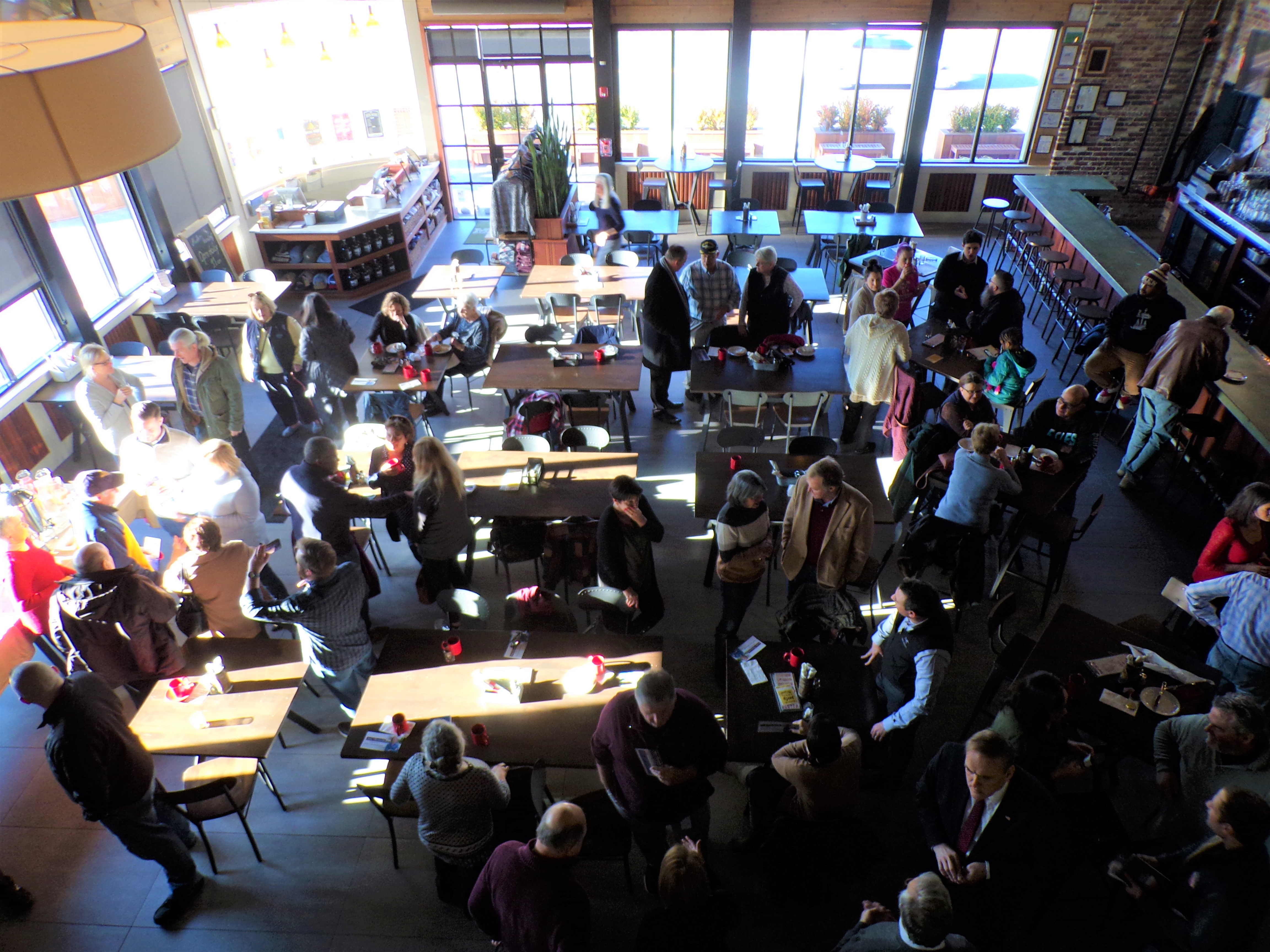Sayreville is a borough located on the Raritan River, near the Raritan Bay in Middlesex County, New Jersey, United States. As of the 2010 United States Census, the borough’s population was 42,704, reflecting an increase of 2,327 (+5.8%) from the 40,377 counted in the 2000 Census, which had in turn increased by 5,391 (+15.4%) from the 34,986 counted in the 1990 Census.
Sayreville was originally incorporated as a township on April 6, 1876, from portions of South Amboy Township. On April 2, 1919, the borough was reincorporated as the Borough of Sayreville and ratified by a referendum held on April 29, 1919.
Native Americans were the first settlers of Sayreville. Tribes of the Navesinklived along the South River where Jernee Mill Road is located today. This was noted on a 1656 New Netherland map by Adriaen van der Donck, a Dutch surveyor and map maker. During the 20th century, amateur archaeologists found thousands of Indian artifacts at the location shown on the map.
Predating the incorporation of Sayreville, the Morgan Inn (later known as the Old Spye Inn) was established in 1703 in what is now the Morgan section of Sayreville. Charles Morgan III and his descendants, including Major General James Morgan and Lieutenant Nicholas Morgan, played significant roles in the Revolutionary War. The Morgan family lived in the area for over 200 years and many family members, including Evertsons, are buried in the privately owned Morgan Cemetery, which overlooks Raritan Bay. The Morgans were said to be related to the famous pirate, Captain Henry Morgan, who is said to have visited the Inn on more than one occasion.
It was from an episode during the Revolutionary War that the Morgan Inn gained its new name, the Old Spye Inn. According to local legends, a local British loyalist, Abe Mussey, was captured by Continental Army troops in 1777 while signaling to British ships in Raritan Bay. He was tried as a spy at the Inn, convicted in a one-day trial, and sentenced to death by hanging. Mussey’s execution was carried out using a tree near the Inn’s entrance. Mussey was reported to be buried behind the Inn in an unmarked grave. The Inn was destroyed by fire in 1976, but its ruins remain on the National Register of Historic Places.
Originally known as Roundabout (for the river bends in the area) and then as Wood’s Landing, the community was renamed in the 1860s for James R. Sayre Jr. of Newark, who co-founded Sayre and Fisher Brick Company in the 1850s together with Peter Fisher. It was one of the many companies that took advantage of the extensive clay deposits that supported the brick industry from the early 19th century until 1970.
In 1898, DuPont began production of gunpowder at its plant on Deerfield Road, and later off Washington Road. The company later built additional facilities in Sayreville for the production of paint and photo products.
As of the 2010 United States Census, there were 42,704 people, 15,636 households, and 11,414.280 families residing in the borough. The population density was 2,695.7 per square mile (1,040.8/km2). There were 16,393 housing units at an average density of 1,034.8 per square mile (399.5/km2). The racial makeup of the borough was 67.04% (28,630) White, 10.71% (4,573) Black or African American, 0.23% (100) Native American, 16.12% (6,882) Asian, 0.04% (18) Pacific Islander, 3.50% (1,495) from other races, and 2.36% (1,006) from two or more races. Hispanic or Latino of any race were 12.31% (5,258) of the population.
Source: Wikipedia













